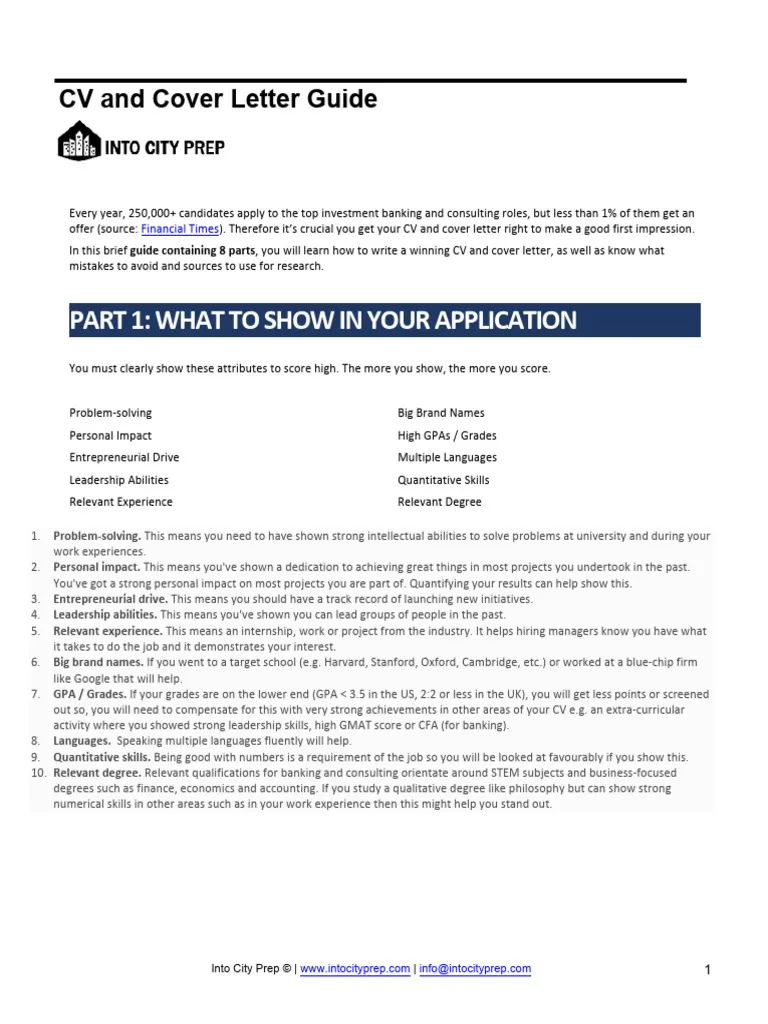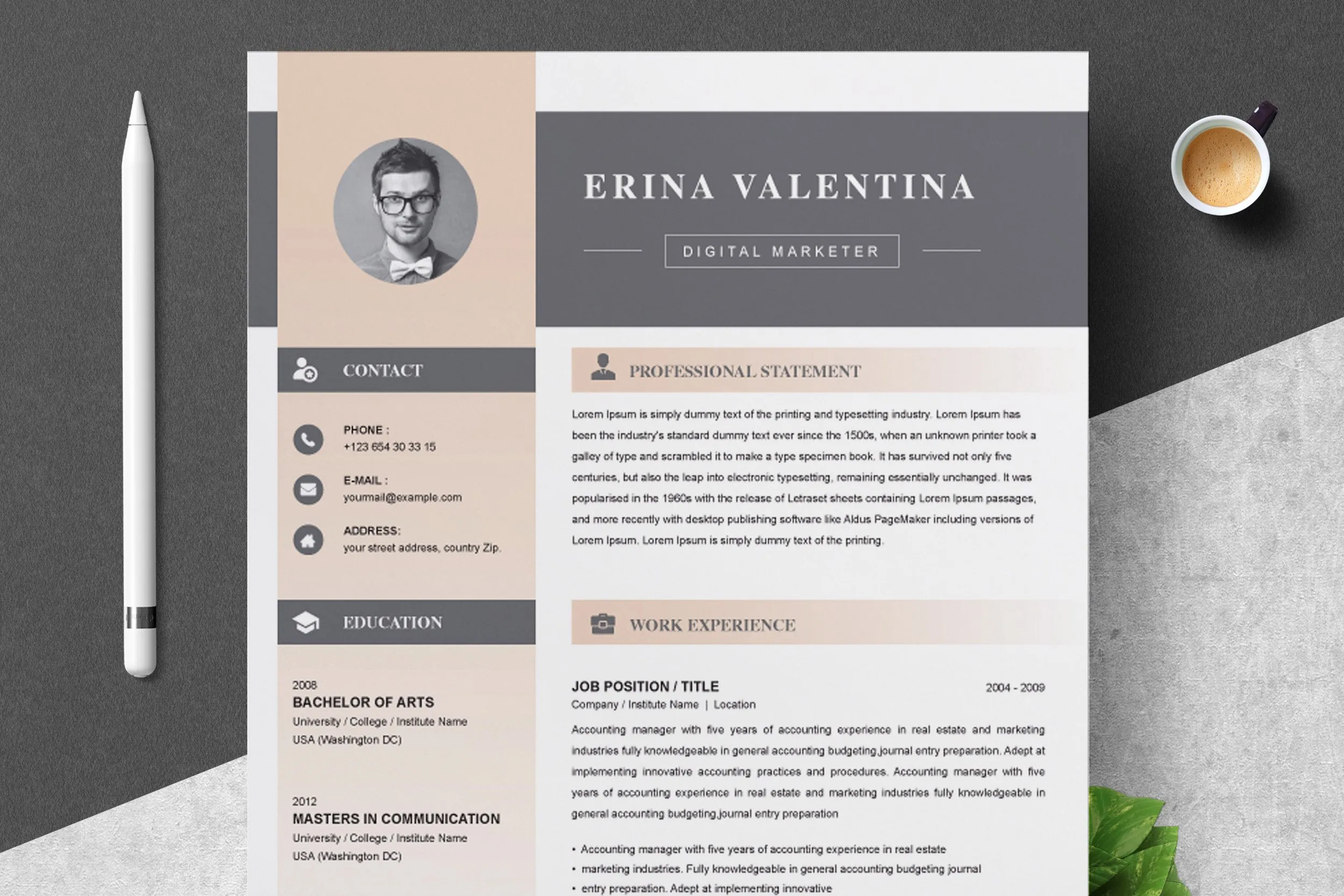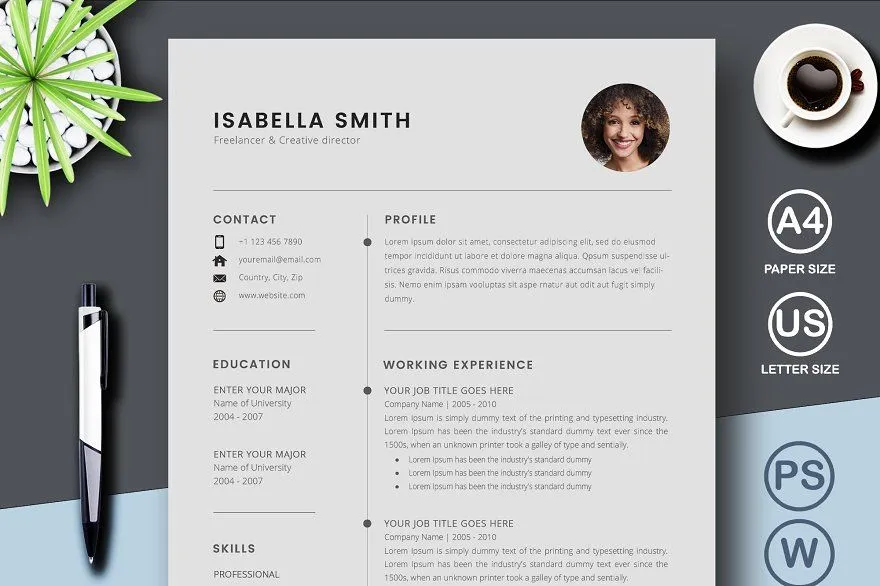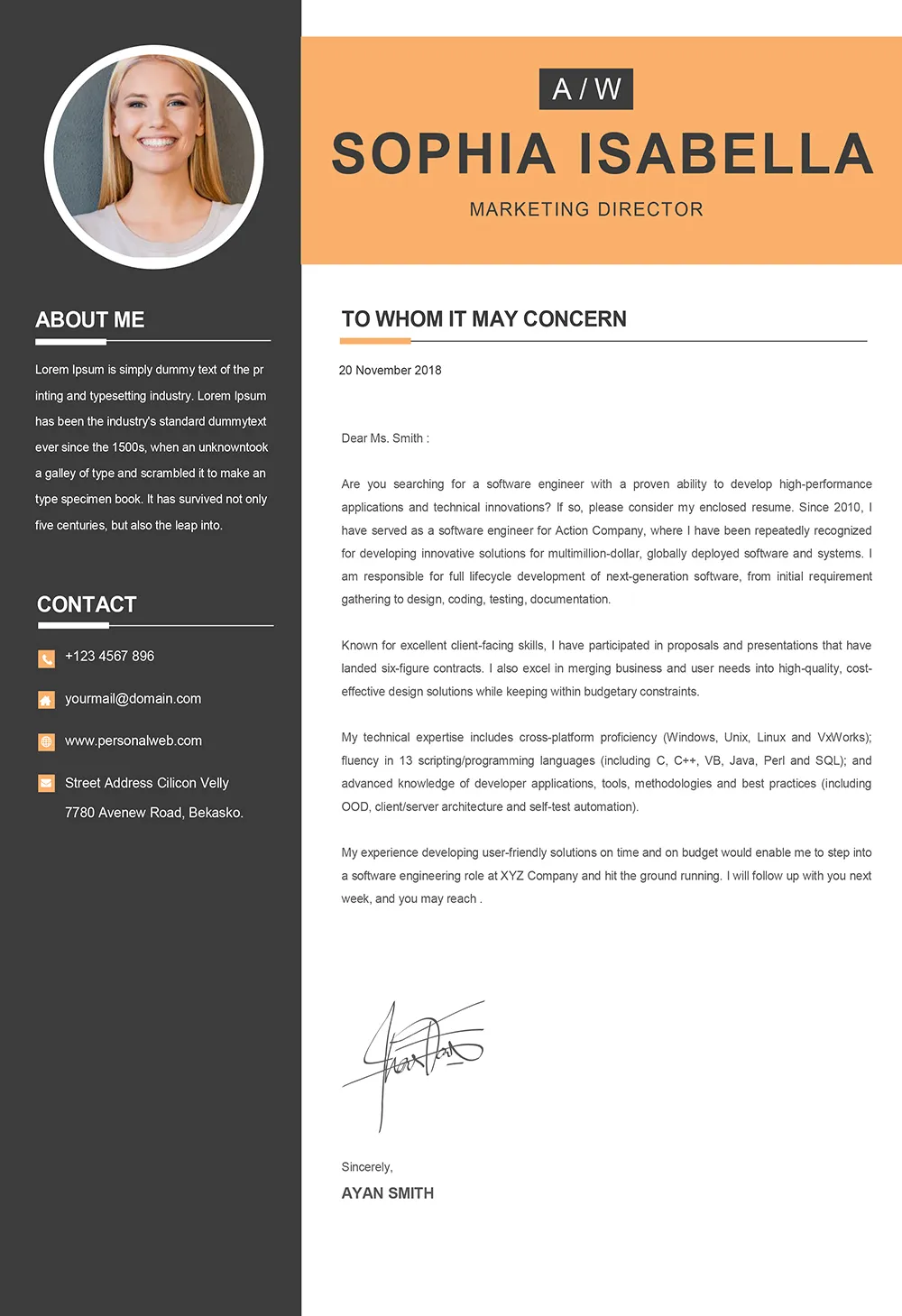Cover Letter & CV Secrets
In the competitive job market, a well-crafted cover letter and curriculum vitae (CV) are essential tools for making a strong first impression. They are your initial introduction to a potential employer, representing your skills, experience, and personality. This guide delves into the secrets of creating cover letters and CVs that not only capture attention but also increase your chances of landing an interview. It’s about more than just listing qualifications; it’s about strategically presenting yourself to resonate with hiring managers and showcase your value. With the right approach, your cover letter and CV can become powerful instruments in your job search arsenal, opening doors to exciting career opportunities. This guide offers insights and strategies to help you stand out and leave a lasting impression.
Understanding the Purpose of a Cover Letter & CV
The cover letter and CV serve distinct yet complementary purposes. The CV is a detailed document that presents your professional history, education, and skills in a clear, chronological format. It’s a comprehensive overview of your qualifications. The cover letter, on the other hand, provides context. It is your opportunity to introduce yourself, explain your interest in the specific role, and highlight why your skills and experiences align with the job requirements. It’s a chance to showcase your personality, writing skills, and enthusiasm. Think of the CV as the ‘what’ – what you’ve done – and the cover letter as the ‘why’ – why you’re the perfect fit for the role and the company. A strong cover letter complements the CV by telling a story about your career trajectory and aspirations, persuading the reader to learn more. Recognizing and utilizing the distinct purpose of each document is a fundamental step in effective job application.
Highlighting Your Skills in the Cover Letter

The cover letter is the ideal space to showcase your most relevant skills. Begin by carefully reviewing the job description and identifying the key skills the employer is seeking. Then, in your cover letter, explicitly mention those skills and provide specific examples of how you’ve used them in previous roles. This isn’t simply about listing skills; it’s about demonstrating your proficiency and providing tangible evidence of your abilities. Use action verbs to describe your accomplishments and quantify your results whenever possible. For example, instead of saying ‘Managed projects’, you could write ‘Managed and successfully delivered 10 projects, resulting in a 15% increase in efficiency.’ Tailoring your skills section to match the job requirements is crucial. This shows that you understand the role and possess the necessary capabilities to excel. Highlighting skills appropriately creates a persuasive narrative of your suitability for the position.
Crafting a Compelling Cover Letter
A compelling cover letter is concise, personalized, and engaging. Start with a strong opening that immediately grabs the reader’s attention. State the position you’re applying for and express your enthusiasm for the opportunity. The body of your letter should highlight your most relevant skills and experiences, using specific examples to illustrate your achievements. Avoid generic statements; instead, personalize the letter to demonstrate that you’ve researched the company and understand their needs. Showcasing a genuine interest in the company and the role can significantly increase your chances of being noticed. The conclusion should reiterate your interest and thank the reader for their time and consideration. A well-crafted cover letter is more than just a formality; it’s an opportunity to make a memorable impression and set yourself apart from other applicants. Make sure the letter is free of errors, well-organized, and reflects your professional persona.
Formatting Your Cover Letter for Impact
Effective formatting enhances the readability and impact of your cover letter. Use a professional font such as Times New Roman, Arial, or Calibri, in a size between 10 and 12 points. Keep the letter concise, ideally within one page. Use clear headings, bullet points (when appropriate), and ample white space to break up the text and make it easy to scan. Ensure that your letter is well-structured with a clear introduction, body, and conclusion. Use a formal tone and address the hiring manager by name if possible. Avoid lengthy paragraphs; keep them to a maximum of five or six lines. Proofread your cover letter meticulously to eliminate any spelling or grammatical errors. Consistent, professional formatting reflects your attention to detail and commitment to presenting yourself in the best possible light. Formatting your letter in this way enhances the overall aesthetic and improves its effectiveness in attracting attention.
Key Elements to Include in Your CV

A well-structured CV is essential for showcasing your professional journey. Include your contact information, a professional summary or objective (optional), your work experience (listed in reverse chronological order), education, skills, and any relevant certifications or awards. The work experience section should detail your job responsibilities and accomplishments, using action verbs to describe what you achieved in each role. Quantify your achievements whenever possible. Highlight any technical skills or software proficiencies that are relevant to the positions you are seeking. Education should list your degrees, the institutions you attended, and any honors or special recognitions. Always tailor your CV to the specific job you are applying for, emphasizing the skills and experiences that are most relevant to the employer’s needs. A CV that is clear, concise, and tailored to the job requirements is more likely to capture the attention of hiring managers.
Structuring Your CV for Maximum Readability
Clarity and readability are paramount when structuring your CV. Use clear headings to delineate each section (e.g., Work Experience, Education, Skills). Use a consistent font and formatting throughout the document. Employ bullet points to make it easy for the reader to scan your accomplishments and responsibilities. Organize your work experience in reverse chronological order, starting with your most recent position. Keep each entry concise, using bullet points to highlight key responsibilities and achievements. Ensure that the most important information is easily accessible and visually appealing. Avoid clutter and unnecessary information. Aim for a CV that is easy to read, organized logically, and highlights your most relevant skills and experiences. Structuring your CV with readability in mind ensures that hiring managers can quickly understand your qualifications and experience.
Tailoring Your Cover Letter & CV to the Job
Customizing your cover letter and CV to match the specific job requirements is crucial for success. Carefully review the job description and identify the key skills, experiences, and qualifications the employer is seeking. Use the keywords from the job description in your cover letter and CV, but do so naturally; avoid keyword stuffing. Highlight the experiences and skills that are most relevant to the position. Make sure the cover letter is personalized, addressing the hiring manager by name, if possible, and explaining why you are interested in the specific company and role. Research the company’s values, mission, and culture. Tailor your documents to reflect your understanding of the company’s needs and demonstrate how your skills and experience can contribute to their goals. Tailoring your cover letter and CV showcases your genuine interest and increases your chances of being selected for an interview.
Showcasing Achievements in Your Cover Letter & CV

Instead of just listing job duties, focus on quantifiable achievements that demonstrate your value. Use the STAR method (Situation, Task, Action, Result) to describe your accomplishments. Provide specific examples of your contributions to previous companies or projects. Quantify your achievements whenever possible (e.g., ‘Increased sales by 15%’, ‘Reduced costs by 10%’). Showcase the impact of your work and how you contributed to the success of the organization. Highlighting your achievements provides concrete evidence of your skills and abilities. Demonstrating the positive results you’ve achieved increases your appeal to potential employers. Providing tangible results demonstrates how you can contribute to a company’s success, setting you apart from other candidates.
Avoiding Common Cover Letter & CV Mistakes
Many common errors can undermine your job application. Avoid generic cover letters and CVs that are not tailored to the specific job. Make sure to proofread your documents carefully for spelling, grammatical errors, and typos. Avoid using overly complex language or jargon. Be consistent with your formatting and presentation. Avoid providing irrelevant information or exaggerating your accomplishments. Don’t make negative comments about previous employers or colleagues. Ensure that your contact information is accurate and up-to-date. By avoiding these common pitfalls, you increase your chances of making a positive impression. A well-prepared, error-free cover letter and CV demonstrate your attention to detail and professionalism.
Cover Letter and CV Review and Refinement
Before submitting your cover letter and CV, take the time to review and refine them. Proofread each document meticulously for any errors. Ensure your content is clear, concise, and tailored to the job requirements. Consider getting feedback from a trusted friend, mentor, or career advisor. They can offer valuable insights and help you identify any areas for improvement. Ask them to check for clarity, organization, and overall impact. Revising your cover letter and CV based on this feedback is crucial for making them as strong as possible. Regularly updating and refining your cover letter and CV helps you stay competitive in the job market. Investing time in the review and refinement process can significantly boost your chances of getting an interview and landing your dream job.
